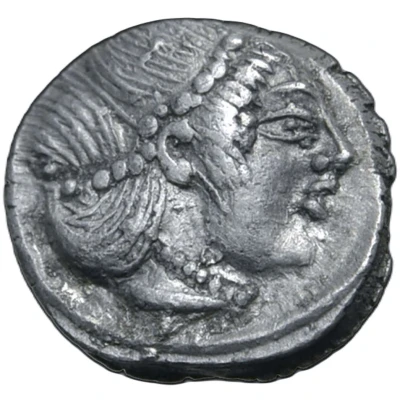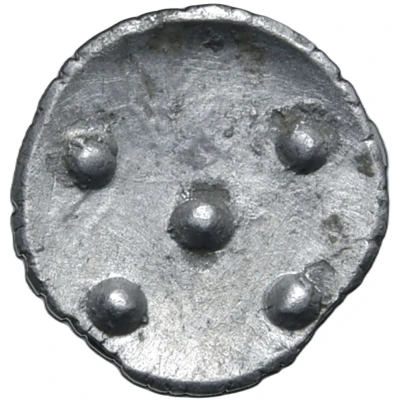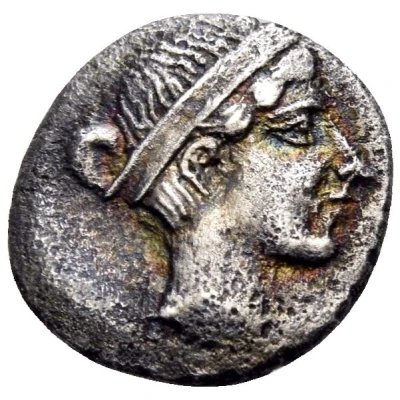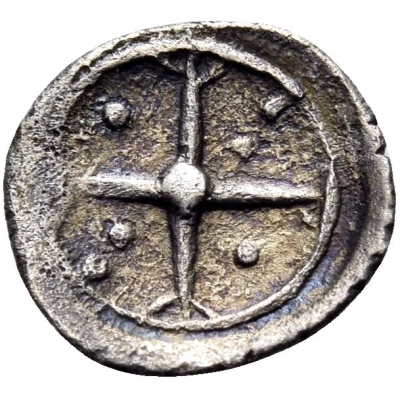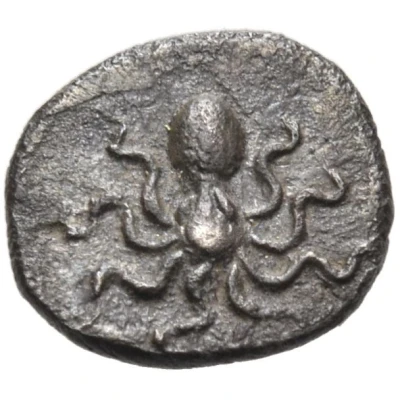
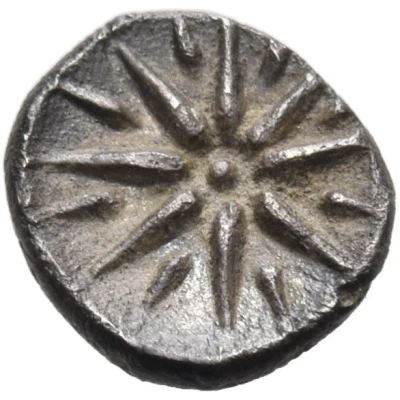

© Nomos AG
Hemiobol - Dionysius I 450 BC - 367 BC
| Silver | 0.29 g | 7.5 mm |
| Issuer | Syracuse (Sicily) |
|---|---|
| Tyrant | Dionysius I the Elder (405 BC - 367 BC) |
| Type | Standard circulation coin |
| Years | 450 BC - 367 BC |
| Value | Hemiobol (5⁄12) |
| Currency | Litra |
| Composition | Silver |
| Weight | 0.29 g |
| Diameter | 7.5 mm |
| Shape | Round (irregular) |
| Technique | Hammered |
| Demonetized | Yes |
| Updated | 2024-10-10 |
| Numista | N#408236 |
|---|---|
| Rarity index | 100% |
Reverse
Star of sixteen rays.
Comment
Unpublished, per Nomos, as of 2023, only three specimens known.
First specimen sold in Bertolami in 2016 was assigned to an uncertain mint in Sicily; second specimen sold on Roma Numismatics in 2020 was attributed to Syracuse, time of Dionysius I.
Interesting fact
The Hemiobol coin featuring Dionysius I, produced in Syracuse (Sicily) between 450 BC and 367 BC, is considered one of the smallest silver coins ever minted, with a weight of only 0.29 grams. Despite its tiny size, this coin played a significant role in the ancient Greek economy, serving as a standard unit of exchange for everyday transactions. Its small size and portability made it easy for people to carry and use in their daily lives, demonstrating the advanced economic and monetary systems of ancient Greece.
